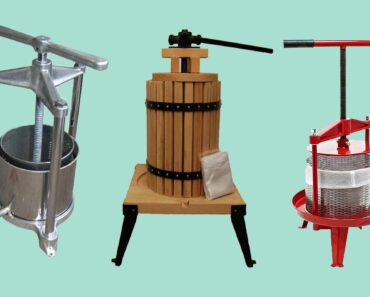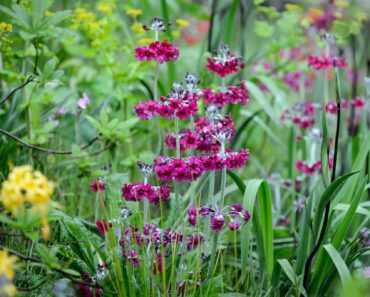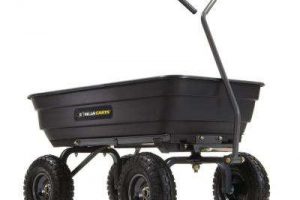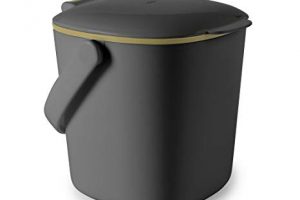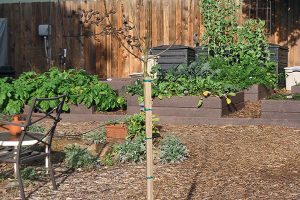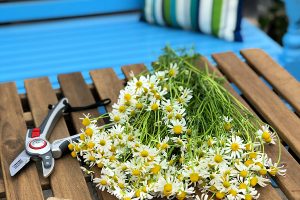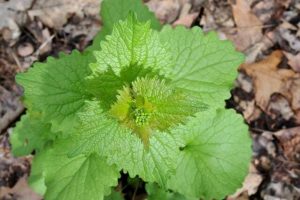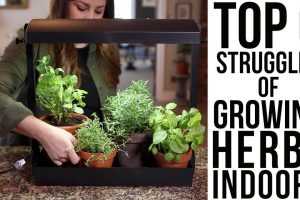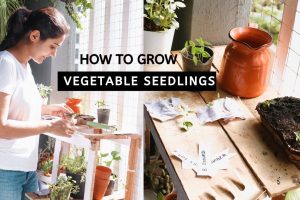
Ranunculus is a large and diverse genus of plants suitable for growing in a wide range of garden locations. Popular species include the moisture-loving and aquatic species water crowfoot (Ranunculus aquatialis) and greater spearwort (Ranunculus lingua). There are hardy perennials for borders such as Ranunculus aconitifolius, alpine species for rockeries such as Ranunculus alpestris, and the native wild meadow buttercup (Ranunculus acris) for wildflower meadows.
Persian buttercup (Ranunculus asiaticus) is often referred to as bedding ranunculus as it’s a superb flower for adding a splash of colour to pots and borders, although blooms are relatively short-lived, lasting for around six weeks. Frost tender, Persian buttercup grows from bulb-like corms (often called bulbs) and flowers on short, sturdy stems around 30cm high, above finely divided fresh green leaves. Flowering time varies from late spring to early autumn according to when the tubers are planted. Up to four blooms are borne on branching stems. Most blooms are fully double, packed with petals, and are almost rose-like in appearance. They make excellent cut flowers.
After flowering, Persian buttercup growth dies back and although the corms can be dried and replanted the following year, they don’t reflower reliably, so are best treated as annuals and grown for one season only.
How to grow ranunculus
Plant ranunculus bulbs in autumn in pots under cover to flower the following summer. Soak the tubers before planting, and transplant after risk of frost has passed to a sheltered, sunny spot in moist but well-drained soil. Discard once flowering has finished.
Where to grow ranunculus

Grow ranunculus in full sun. Well-drained soil or potting compost is essential as the tubers tend to rot in heavy or waterlogged conditions. In pots, use a peat-free multi-purpose potting compost mixed with around a quarter by volume of coarse grit or perlite, then stand pots on gravel or raise just off the ground so excess water drains away freely. If planting in the ground, make sure the soil is well drained. Raised beds are ideal for growing ranunculus as the soil usually drains well.
When to plant ranunculus
Planting time of ranunculus bulbs depends on whether they are planted under cover or outside. Under cover, in a frost-free, cool place such as a greenhouse, porch, or polytunnel, plant in pots from early autumn to early winter. For growing outdoors, plant from late spring to early summer. (Bear in mind that those planted from late spring will flower the following year.)
How to plant ranunculus

Soak ranunculus bulbs in water for 24 hours before planting with the pointed claw-like part facing downwards. Plant 5cm deep and 10cm apart.
How to care for ranunculus

Water regularly once growth appears, aiming to keep the compost moist, but take care not to over-water. Start feeding when flower buds start to form. Use a liquid fertilizer high in potash and apply every 10-14 days.
Under cover, ranunculus is best grown cool so only heat as much as necessary to keep the temperature above freezing. In spring, once the frosts are past, move the growing plants outside to give beautiful early summer blooms.
For harvesting the blooms for cut flowers, pick before the blooms are fully open to give the longest vase life.
Pests and diseases
- Yellow leaves and rotting corms are a symptom of waterlogged soil or compost
- Grey mould (botrytis) indicates a lack of ventilation around the plants
Advice on buying ranunculus
Buy large, good quality ranunculus bulbs from a reputable supplier
Check bulbs are firm with no sign of rot



